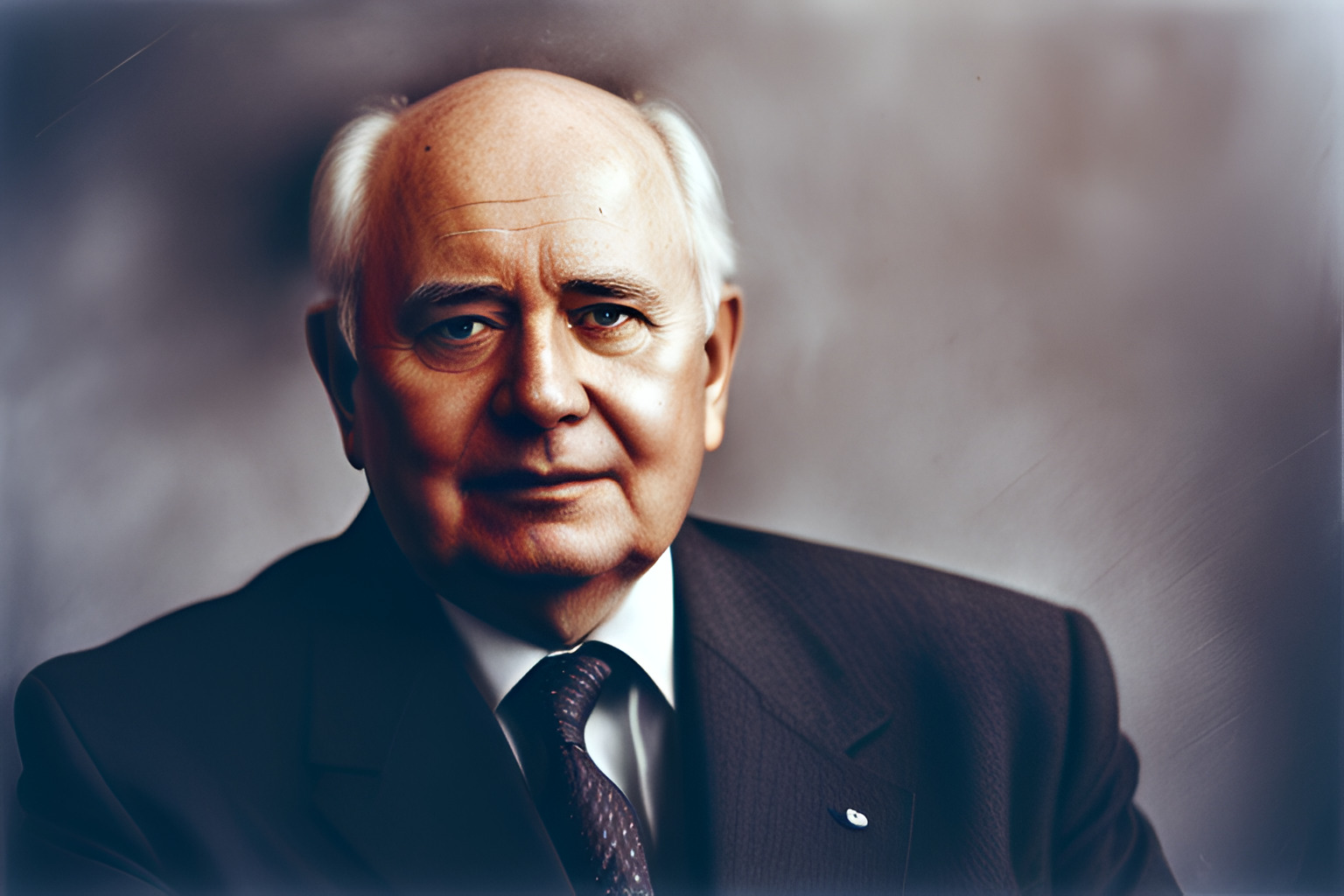Everyday life in Soviet: USSR nostalgia
The 1980s marked a transformative and eventful period in the history of the Soviet Union, encompassing a myriad of socio-economic changes and shifts that profoundly impacted the fabric of everyday life. As the nation continued its pursuit of communist ideals, the lives of ordinary Soviet citizens evolved in dynamic ways, reflecting both the enduring traditions and the progressive aspirations of a society navigating the complexities of socialism. In this comprehensive report on USSR nostalgia, we embark on an immersive journey, delving into various facets of daily existence during this pivotal decade. From the intimate intricacies of family life to the grandeur of technological achievements, we explore the hopes, dreams, and challenges that shaped the lives of Soviet people in a rapidly evolving world.
The Family Unit – Navigating Everyday Life
In the Soviet Union, the family stood as the bedrock of society, and its dynamics were intertwined with the nation’s overarching ideological principles. While the traditional extended family system persisted, urbanization and industrialization heralded the rise of the nuclear family. Communal living, a defining feature of the Soviet landscape, was prevalent, with multiple families sharing living spaces, kitchens, and bathrooms in towering apartment blocks.
The Soviet Home and Domestic Routines
Soviet households were characterized by simplicity, with few material luxuries adorning their living spaces. Communal kitchens and shared facilities fostered a sense of community as families gathered to cook and share meals. These mealtimes, often marked by modest fare, became moments of camaraderie, where conversations flowed freely and shared experiences forged lasting bonds.

Women in the Workforce and Household Responsibilities
The evolving role of women in Soviet society was symbolic of the nation’s progress. Soviet women participated extensively in the workforce, comprising a significant portion of skilled professionals and manual laborers. Balancing the demands of careers with household responsibilities, they embodied the essence of the Soviet ethos, embodying strength, resilience, and dedication to family and nation.
Education and the Pursuit of Knowledge
Education, a cornerstone of Soviet ideology, was highly esteemed and accessible. Children received free primary and higher education, with schools imparting rigorous academic programs rooted in the principles of science, technology, and mathematics, beyond academics, extracurricular activities, such as the Young Pioneers organization, inculcated values of camaraderie, social responsibility, and loyalty to the state.
The Leisure Culture – Finding Joy Amidst Adversity
Soviet citizens reveled in a vibrant and multifaceted cultural scene where arts, literature, and music flourished. Theatres, museums, and art galleries provided glimpses into the nation’s rich history and cultural heritage. Traditional folk music and dance performances celebrated the depth of Russian culture. At the same time, avant-garde artistic expressions explored new frontiers, reflecting the spirit of innovation and creative expression that infused Soviet society.
Sports and Physical Activities
The government emphasized physical fitness and athleticism, and sports became integral to Soviet life. Sports fostered a sense of national unity and pride, from mass gymnastic displays, such as the renowned Spartakiads, to competitive athletics. Beyond entertainment, sports symbolized collective effort, underscoring the spirit of cooperation and perseverance.
Celebrations and Holidays
Soviet holidays were grand affairs celebrated with unparalleled enthusiasm and zeal. May Day, International Women’s Day, and Miner’s Day were marked by parades, speeches, and festivities, uniting citizens in a shared sense of purpose and camaraderie. The New Year’s celebrations held a special place in the hearts of Soviet families, serving as a time of joyous reunions, exchanging gifts, and indulging in traditional holiday feasts.
Work-Life and Aspirations – Pursuing Dreams in a Socialist Society
The wheels of Soviet progress were set in motion by its dynamic workforce. With state-run enterprises dominating various sectors, workers in factories and coal mines played an integral role in the nation’s advancement. Acknowledging exceptional contributions, the state bestowed honors and medals on laborers, reinforcing the importance of collective achievements.
Pursuit of Higher Education and Professional Growth
Education was heralded as the gateway to a brighter future, offering opportunities for upward mobility. The state emphasized technical and specialized training, empowering citizens to become engineers, doctors, and skilled laborers. Vocational schools and trade institutes offered hands-on learning experiences, fostering a workforce equipped to meet the demands of a rapidly evolving society.
Technological Advancements and Scientific Achievements
The Soviet Union stood at the forefront of scientific exploration and technological innovation. Iconic achievements like the launch of Sputnik and the triumphant moon landing resonated worldwide, kindling national pride and inspiring generations of aspiring scientists and engineers. These groundbreaking feats embodied the spirit of Soviet progress and underscored the nation’s commitment to scientific excellence.
To wrap it up
In retrospect, the 1980s in the Soviet Union encapsulated a transformative epoch characterized by the intricate interplay of tradition, progress, and perseverance. As the nation strived to realize its communist ideals, the lives of ordinary Soviet citizens were woven into the fabric of an ever-evolving society. From the sanctity of family life to education, arts, and technological achievements, each aspect of Soviet existence contributed to a vibrant tapestry of history.
As we delve into the collective memory of this pivotal decade, we gain profound insights into the dreams, aspirations, and challenges of the Soviet people. The embrace of socialism and the pursuit of a shared vision for a better tomorrow fueled their endeavors, fostering a sense of unity and solidarity.
The 1980s Soviet experience continues to leave an indelible mark on the annals of history, resonating with the human spirit’s enduring quest for progress and purpose. As we contemplate the complexities of building a socialist society, we are reminded of the indomitable resilience of ordinary citizens who traversed uncertain terrain with determination and hope.
In closing, the legacy of the 1980s Soviet Union is one of courage, innovation, and collective aspiration, encapsulating a timeless human endeavor to forge a brighter future amidst challenges and uncertainties. The echoes of this remarkable era resonate across time, reminding us of the significance of unity, tenacity, and a shared vision in shaping the course of history. Through the lens of the past, we gain insights into our present and sow the seeds of inspiration for a future yet to unfold. The journey of the Soviet people in the 1980s stands as a testament to the enduring human spirit that propels us forward, transcending boundaries and embracing the boundless potential of the human experience.
Last but not least, glasnost and perestroika were two major political reforms introduced in the Soviet Union under the leadership of Mikhail Gorbachev. Glasnost aimed to increase the transparency and openness of government institutions, allowing for more freedom of speech and press. Perestroika, on the other hand, focused on restructuring the Soviet economy through market-oriented policies and decentralization of government control. These reforms were significant in the eventual collapse of the Soviet Union and the transition towards a more democratic and capitalist society. They also profoundly impacted international relations as the end of the Cold War became possible.

For those of you who cant get enough of this, try these 90 minutes on Youtube, straight outta the eighties:
The 1980s – It never ends
You gotta try this amazing link that teleports you to another random article. Try it!
